Where to see the Northern Lights in Norway
6 of the best places to see the Northern Lights in Norway
Posted on 23-06-25, updated on 24-12-25By: Nina P. | 5 minute read
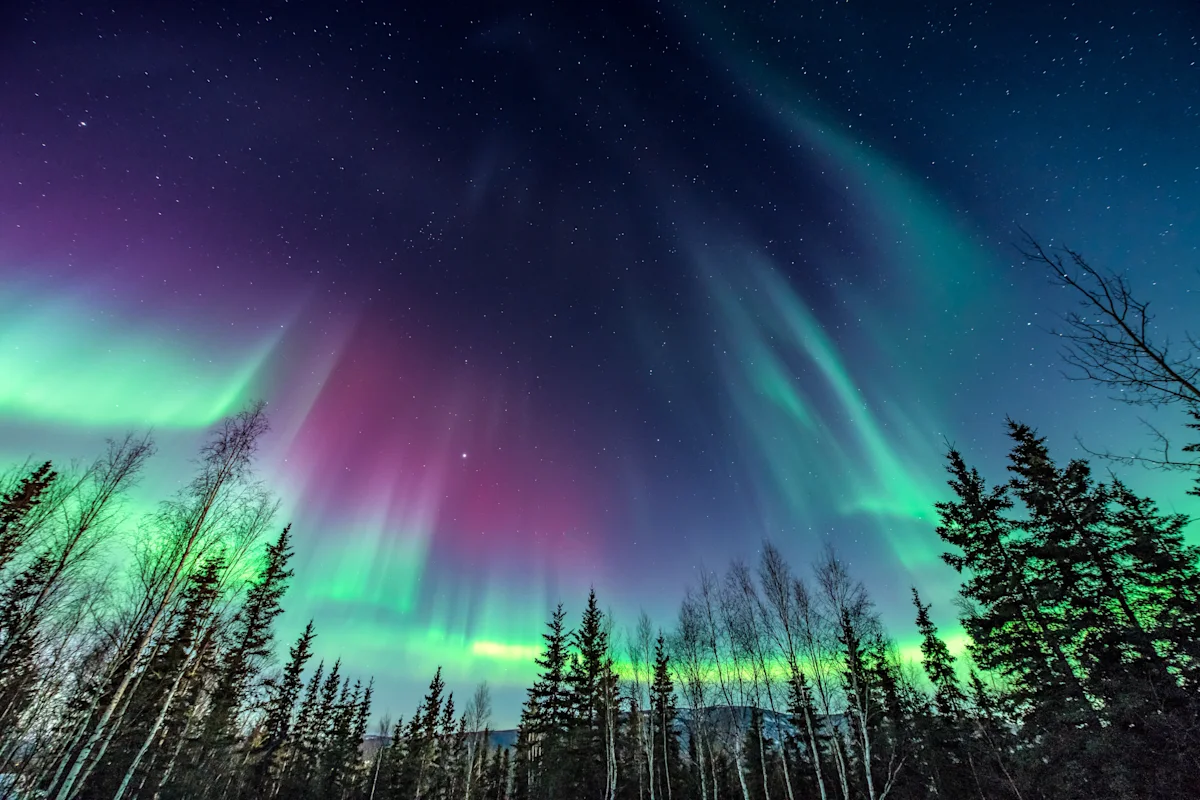
The Northern Lights, also known as the Aurora Borealis, are among the most spectacular natural phenomena observable on our planet.
These mesmerising displays of light dance across the night sky in shimmering colours, attracting thousands of tourists each year to the northern regions - particularly Norway.
Read on for an overview of what the Aurora Borealis is and where to find the best places in Norway to witness this fascinating spectacle, along with some important tips and facts to help you prepare for your Northern Lights holiday in Norway.
The best places to see the Northern Lights in Norway
Norway is known for its breath-taking landscapes and clear night skies, offering ideal conditions for viewing the Northern Lights.
Many areas are free from light pollution and remain completely dark, which is an essential factor for seeing the Aurora. Here are some of the best destinations to experience the Northern Lights and the unique atmosphere of northern Europe.
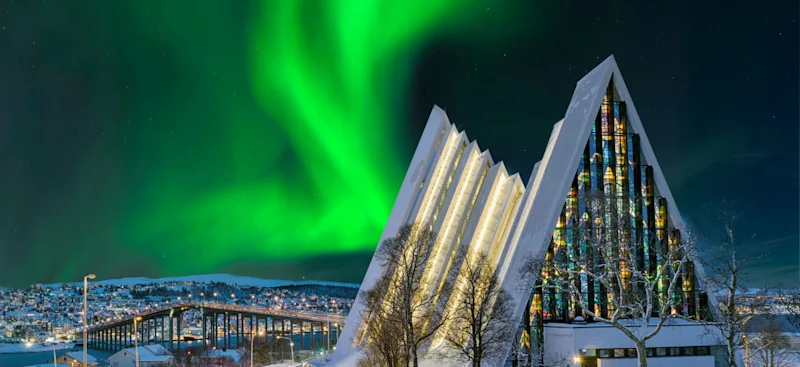
Northern Lights over Tromsø
1. Tromsø
Often referred to as the “Capital of the Northern Lights,” Tromsø is located in Norway’s polar regions and offers excellent conditions from September to April for viewing the Aurora.
As more visitors come to see the lights, it’s worthwhile to book a guided tour, but if you prefer exploring on your own, the best viewpoints include the Fjellheisen mountain and the surrounding peaks, offering stunning backdrops.
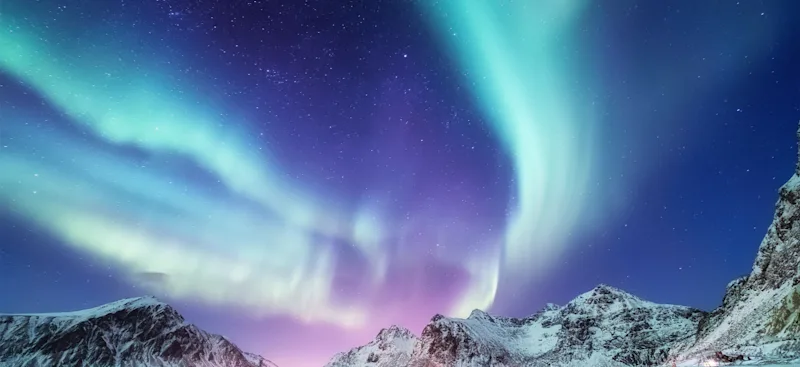
Northern Lights in Lofoten
2. Lofoten
A true paradise for nature lovers, the Lofoten Islands in the Nordland province consist of 80 islands. Dramatic mountains, fjords, and remote beaches provide diverse opportunities to admire the Northern Lights.
The villages of Reine and Henningsvær offer excellent views of the Aurora over the water. The beaches Uttakleiv, Gimsøystranda, and Rambergstranda also provide great viewing conditions.
The best time to visit Lofoten for this experience is from September to March - but Lofoten is also stunning in the summer, with 24-hour daylight bathing the isles with a golden glow!
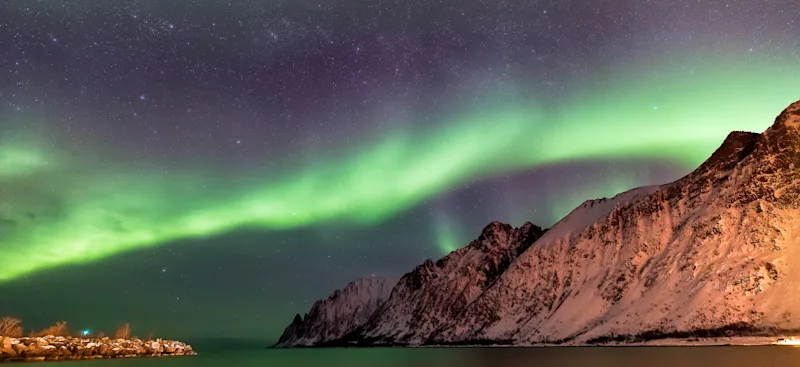
Northern Lights in Senja
3. Senja
Senja, Norway’s second-largest island, lies in the Troms og Finnmark region and is a true gem for Aurora watchers. Thanks to its location just below the Arctic Circle, the chances of seeing the Northern Lights are particularly high.
The island also offers diverse outdoor activities such as hiking, climbing, and fishing, making it a favourite for nature enthusiasts and adventurers.
The best time to witness the lights on Senja is from late September to April, when the nights are darkest. The island’s dramatic landscape creates a perfect setting for the stunning celestial light show.
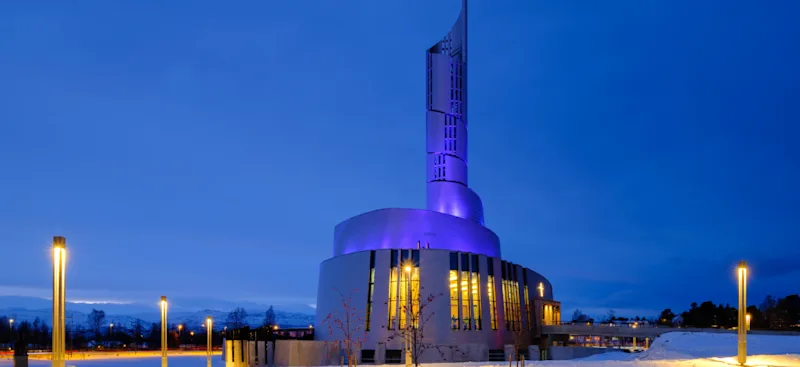
Alta Cathedral of the Northern Lights
4. Alta
Nicknamed the “City of the Northern Lights,” Alta is known for its mild climate and clear nights, making it an ideal location for Aurora viewing. Situated in Finnmark province, Alta is a great base for exploring the region.
There's a Northern Lights Museum in Alta, teaching visitors about the phenomenon and the culture of the indigenous Sami people of Northern Norway. The city’s landmark, the Northern Lights Cathedral, is also worth seeing.
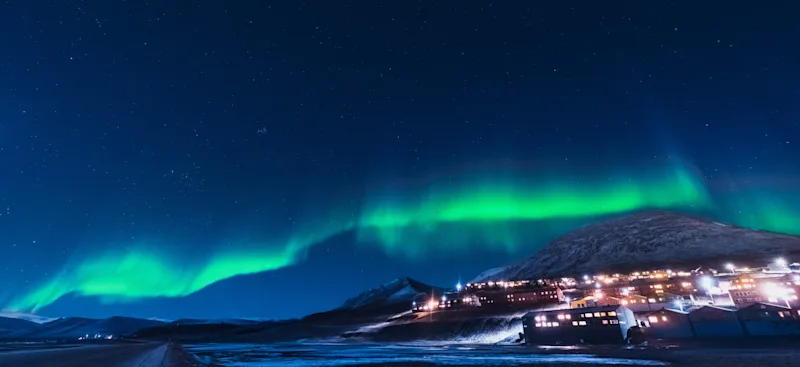
Northern Lights in Svalbard
5. Svalbard - Spitsbergen
For a truly Arctic experience, visit the Svalbard (Spitsbergen) archipelago to see the Northern Lights. Located in the Arctic Ocean, this region offers extraordinary nature adventures.
When explore the Arctic ice on a boat or dog sled tour, keep your eyes open as you might just spot polar bears!
The best time to see the lights in the Arctic is during the dark months from November to February.
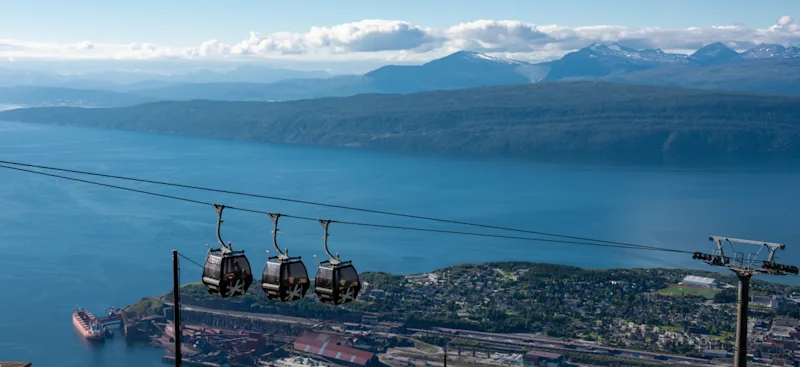
Narvikfjellet Cable Car in Narvik
6. Narvik
Narvik, a charming town in Northern Norway, provides excellent opportunities to see the Aurora Borealis dance in brilliant colours across the sky, creating a spectacular show.
Nestled between fjord-like landscapes and majestic mountains, Narvik is an ideal Northern Lights spot. From late September to April, the region’s clear air and minimal light pollution enhance visibility of the lights.
Visitors can also explore the Narvik War Museum or take the Narvikfjellet cable car for a breathtaking view of the light display.
How do the Aurora Borealis form?
Let's get science-y for a minute: the Northern Lights occur due to the interaction between charged particles from space and atoms and molecules in the Earth’s atmosphere.
These particles mostly originate from the Sun and are ejected into space by solar winds and eruptions on the solar surface.
When these particles collide with the Earth’s atmosphere and magnetic field, they excite the atoms and molecules, which then release energy in the form of light.
The colour of the Aurora depends on the type of gas and the altitude at which the collision occurs. Green is the most common colour, but with a bit of luck, you might also see other hues.
Red tones are caused by excited oxygen atoms in higher layers, while blue and violet come from nitrogen molecules.
When and where to see the Northern Lights in Norway
The best seasons to see the Northern Lights are autumn and winter. From September to late March, the nights are longest and the Auroras most active.
December, January, and February offer the best chances to see the light show since the nights are at their longest.
However, it’s important to remember that the Northern Lights are a natural phenomenon and can’t be guaranteed. Still, the long, dark nights during these months significantly increase your chances.
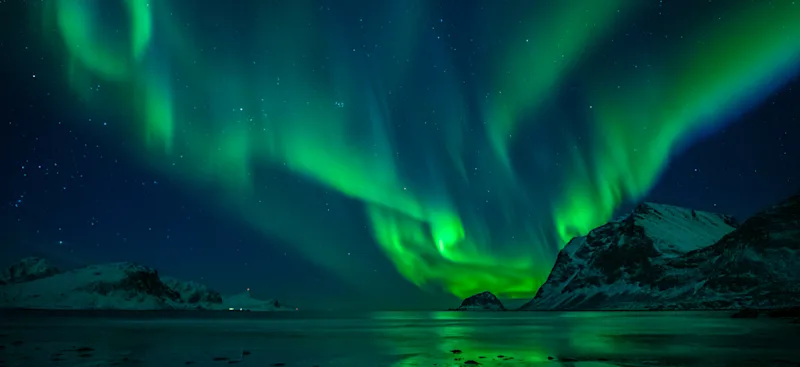
Northern Lights in Norway
Tips for viewing the Northern Lights
Check the weather: Clear nights with little to no clouds are ideal for seeing the Aurora Borealis.
Be patient: Sometimes you need to wait a while before the lights appear.
Bring a good camera: A suitable camera is essential for capturing the lights - but it is possible to use your phone camera to see them. It's best to bring a tripod to keep your phone as still as possible.
Book a tour: Guided Northern Lights tours in Norway improve your chances of being in the right spot.
Use helpful apps: The NorwayLights app provides forecasts for the best Aurora viewing times and info about the lights.
Pick the right season: September to April offers the best chances to witness the lights.
Head to dark areas: Avoid city light pollution by choosing remote locations.
Stay warm: The Northern Hemisphere can be freezing! Don’t forget warm clothes and shoes for your Aurora hunt, especially as you may be still for a while waiting for them to show up.
Plan your Northern Lights adventure in Norway now
The Northern Lights in Norway are a unique natural phenomenon that captures the hearts of nature lovers.
Tromsø, Lofoten, Alta, Svalbard (Spitsbergen), and the Narvik region are among the best places in Norway to experience this wondrous display. In all areas, September through April is the best time to see the Northern Lights across the starry sky.
About NOVASOL holiday homes
NOVASOL is one of Europe’s leading providers of vacation rentals, offering thousands of individual holiday homes and apartments in the most beautiful destinations across Europe.
Since 1968, we’ve been helping customers enjoy unforgettable holidays with great deals, providing guests with a home away from home.
Book your self-catering holiday home in Norway online with NOVASOL!